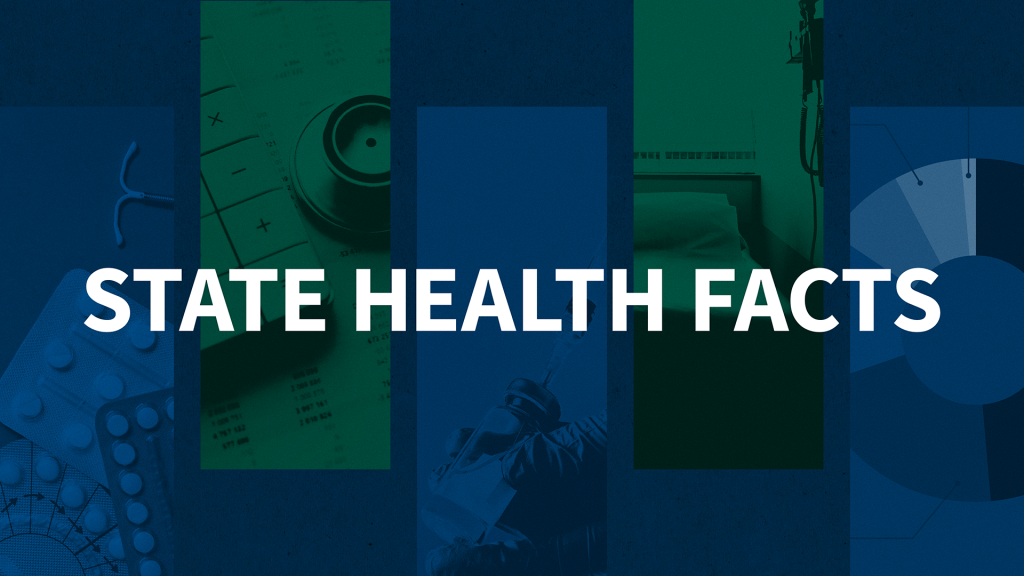Medicaid, SCHIP and Economic Downturn: Policy Challenges and Policy Responses
Medicaid, SCHIP and Economic Downturn: Policy Challenges and Policy Responses A new analysis conducted for the Kaiser Family Foundation's Commission on Medicaid and the Uninsured examines the implications of a downturn for health coverage and state programs and projects the impact of one percentage point rise in the national unemployment rate on Medicaid and SCHIP…
